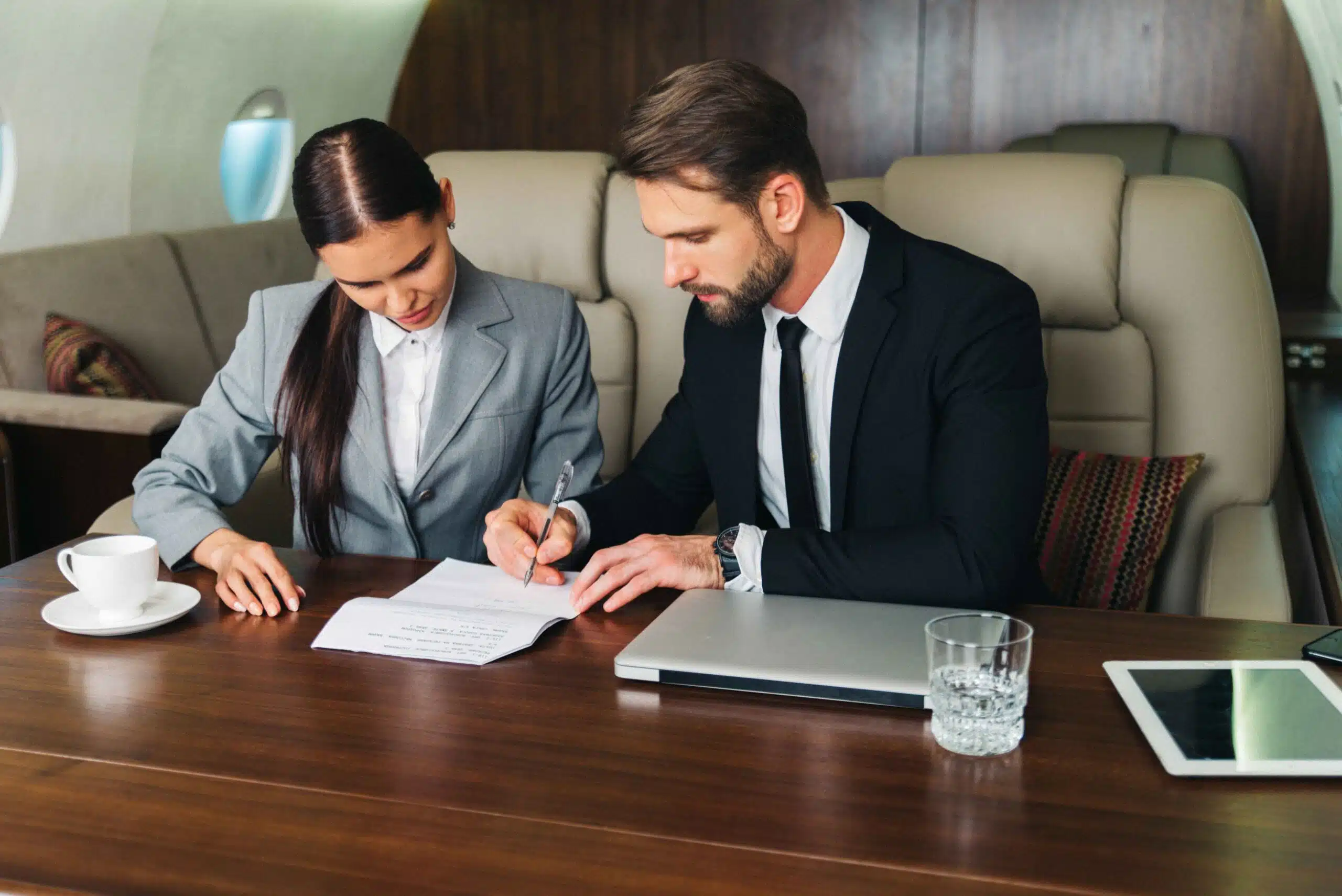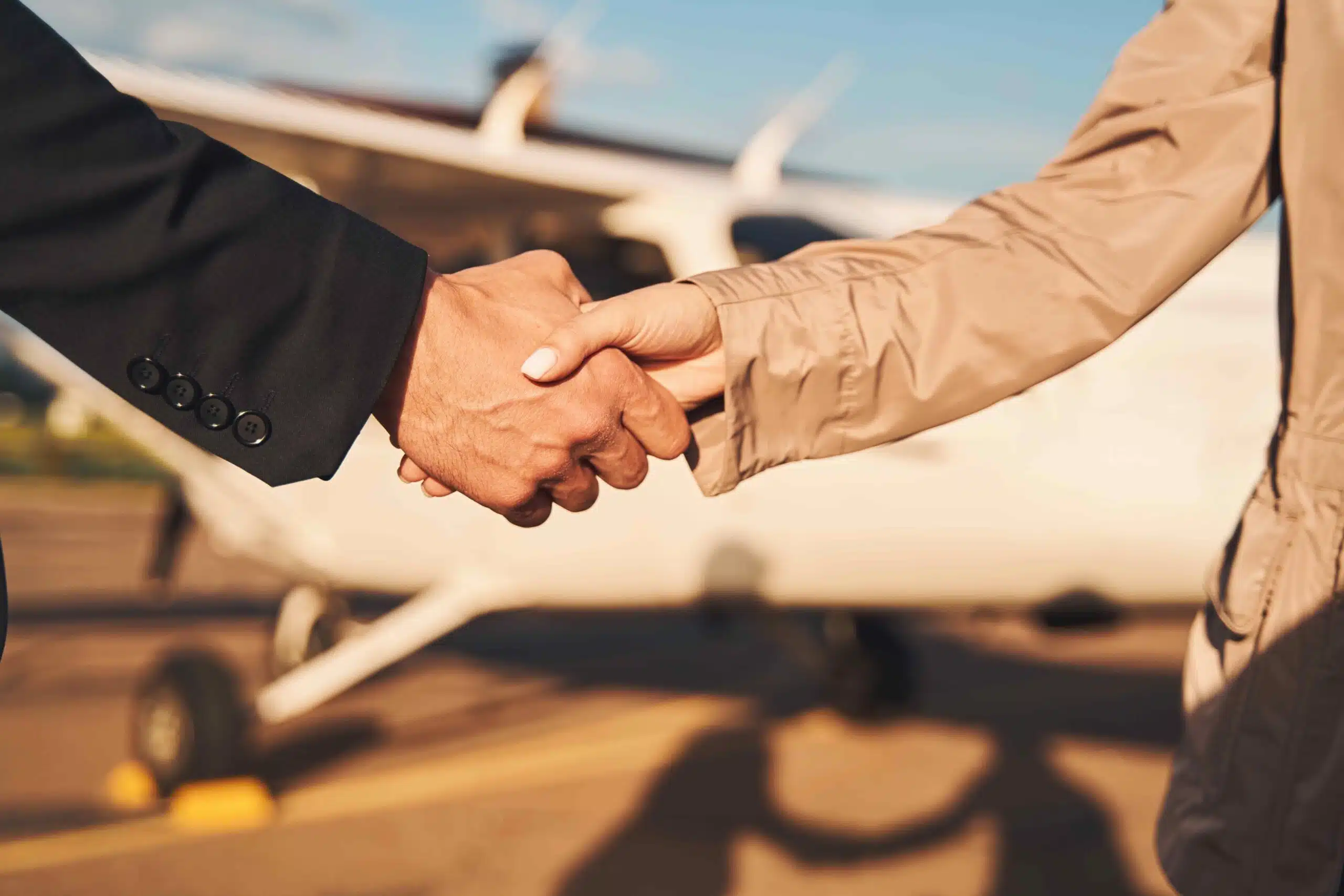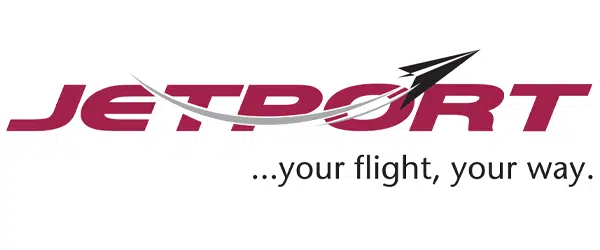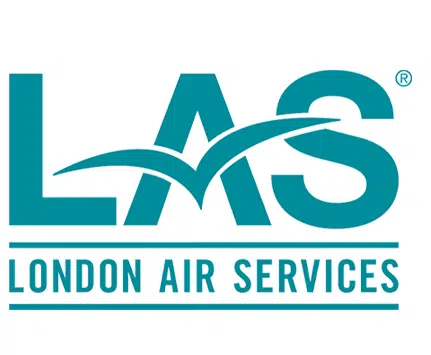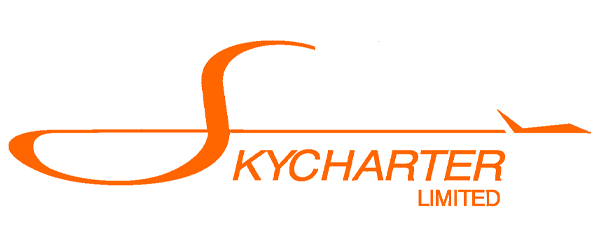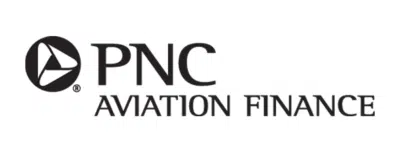
Given the high stakes involved in aircraft transactions—both in terms of financial value and regulatory complexity—understanding the nuances of Aircraft Purchase Agreements (APAs) can essentially benefit the actors involved. The process of negotiating an APA is intricate and demands careful attention to detail at every stage. Engaging an experienced aviation lawyer at the outset of the transaction is crucial to expertly navigate these complexities. While aircraft brokers can assist with the commercial aspects of the deal, legal representation ensures that all potential legal pitfalls are addressed before they become significant issues. At YYZlaw, we handle the entire aircraft purchase process for our clients, ensuring they receive top-tier service and representation at the negotiation table.
Letter of Intent (LOI)
The negotiation process often begins with a LOI, which outlines the preliminary terms of the transaction. Although non-binding, the LOI serves as a framework for the APA, setting the stage for detailed negotiations. It typically covers the purchase price, security deposit, payment terms, basic aircraft description, and an overview of any conditions or contingencies. The LOI is crucial as it establishes the intent to proceed with the transaction and provides a roadmap for drafting the APA.
Key Terms
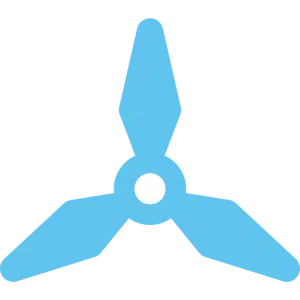
Seller’s Identity
Confirming the legal identity of the seller is critical. The buyer must ensure that the seller has clear title to the aircraft and the legal authority to sell it. The legal counsel plays a vital role at this stage as it is easier for a counsel to sense anomalies in a transaction.

Aircraft Description
The APA must precisely describe the aircraft, including its make, model, serial number, and registration number of the aircraft and the engines. This section may also include a list of installed equipment and any modifications or upgrades in the form of attached Exhibit to the APA which gives Buyer an advantage to get a better purchase price.

Purchase Price and Payment Terms
These terms outline the total purchase price, security deposit amounts, payment schedule, and acceptable payment methods such as with an agreed escrow agent. They also address conditions under which deposits may become non-refundable.

Inspections
The buyer has the right to inspect the aircraft before closing. This typically includes a visual inspection at the stage of signing the LOI or right after, as well as pre-purchase inspections at an agreed facility and test flights, with the agreement detailing how any discovered defects will be handled. Typically the inspection cost is borne by the buyer and the cost of fixing any discrepancies which comes out in the inspection report is borne by the Seller.

Warranties
Warranties provided by the seller typically cover the condition of the aircraft, its maintenance history, and its compliance with regulatory requirements. The scope and duration of these warranties are critical negotiation points.

Conditions Precedent
These conditions are set out for each buyer and seller, that must be met before the transaction can close. Common conditions include regulatory approvals, financing arrangements, and the successful completion of inspections.

Delivery Condition
This clause specifies the condition in which the aircraft must be delivered, including airworthiness requirements and the completion of any agreed-upon repairs or maintenance.

Title Transfer and Closing Process
The APA should outline the procedures for transferring ownership, including the delivery of a bill of sale, title transfer documents, and any necessary regulatory approvals. The timing of the closing is critical, as it marks the moment when the buyer assumes liability for any potential damage to the aircraft. Today, many aircraft transactions are completed through ‘escrow closings,’ where an escrow agent—often located in Oklahoma City or Toronto—holds all essential documents and funds. Once instructed from both the parties, the agent disburses the funds and files the necessary paperwork with the national aircraft registry and the International Registry. This process becomes particularly intricate when an aircraft is being deregistered from one civil aircraft registry and transferred to another. If the closing involves the discharge of a bank lien on the aircraft, it is vital to clearly define the procedures for the receipt of funds and the release of liens.

Taxes and Fees
The APA must address the allocation of taxes, registration fees, escrow fees and any other costs associated with the transaction. This section becomes more important in cross-border transactions. Depending on where the transaction takes place, the sale may be subject to sales tax, use tax, or value-added tax. It’s vital to understand the tax implications involved and to ensure that all required filings and payments are made in accordance with local regulations. In the United States, for example, many states offer “fly away” exemptions from sales and use taxes.

Default and Remedies
The APA should specify what constitutes a default by either party and the remedies available, such as the return of deposits, termination of the agreement, or claims for damages upon either party not meeting the conditions set out under the APA.

Governing Law
The agreement should specify the governing law and jurisdiction, particularly in cross-border transactions. For Canadian transactions, the parties must determine which province’s laws will apply.
Practical Considerations
When negotiating an Aircraft Purchase Agreement, parties should be mindful of several practical considerations:

Due Diligence
Thorough due diligence is essential to uncover any potential issues with the aircraft or the seller’s title. This includes a review of maintenance records, lien searches, and regulatory compliance checks via modes such as visual inspections, pre-purchase inspections and test flights.

Customization
Each APA should be tailored to the specific transaction. This involves negotiating terms that reflect the unique circumstances of the buyer and seller, the aircraft’s condition, and any regulatory or logistical concerns.

Legal Counsel
Given the complexities involved in aircraft transactions, both parties should engage experienced legal counsel to navigate the negotiation process, draft precise contractual language, and ensure compliance with relevant laws and regulations.

Cross-Border Transactions
In cross-border deals, additional considerations include export controls, foreign registration requirements, and the potential impact of international treaties.
YYZlaw provides comprehensive legal services throughout the entire aircraft purchase process, from the initial LOI through to the closing. Our team ensures that the purchase agreement reflects our clients’ interests while avoiding unnecessary delays or costs that could jeopardize the deal.
At YYZlaw, we understand that time is often of the essence in aircraft transactions. Our approach is to provide prompt, responsive, and reasonable legal representation that facilitates a smooth and efficient transaction process. We work closely with our clients to review LOIs, validate title, address taxation and importation challenges, and finalize all necessary documentation. By doing so, we help our clients achieve their objectives while minimizing risks and ensuring a successful aircraft purchase.
Negotiating an aircraft purchase agreement is a multifaceted process that requires expert legal guidance. YYZlaw’s deep experience in aviation law positions us as a trusted partner for aircraft buyers and sellers, ensuring that each transaction is handled with the utmost professionalism and attention to detail. Whether you are purchasing your first aircraft or adding to an existing fleet, YYZlaw is here to provide the legal support you need to navigate the complexities of the transaction and secure the best possible outcome.
To learn more about Tax Advice for Aircraft Transactions, click here.
To learn more about Excise Tax, click here.

